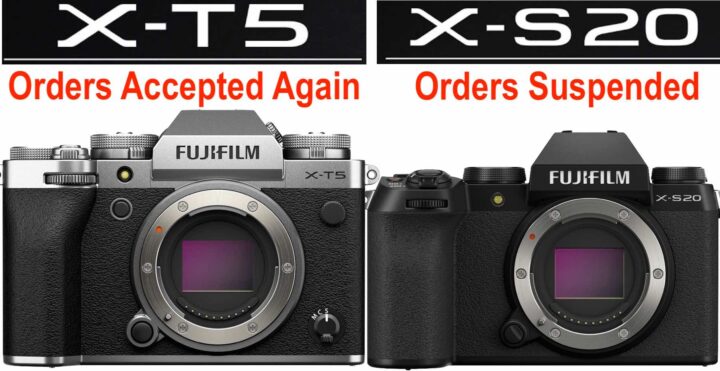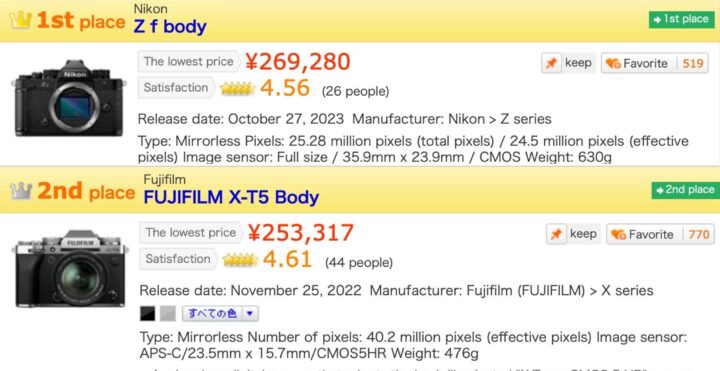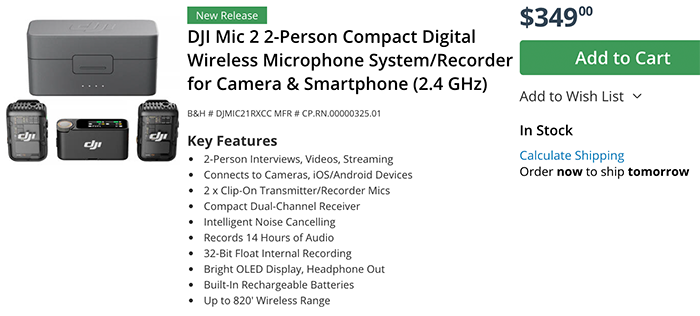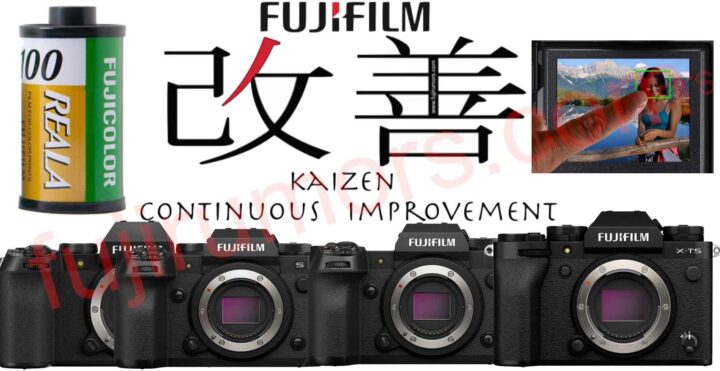Fujifilm X100V Discontinued at Several Stores: Giving Up on X100V Delivery and Getting Ready for Fujifilm X100VI?
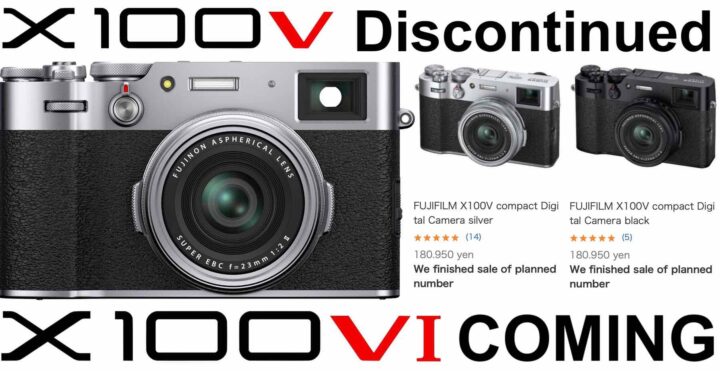
- ❤️ Join Now – Fujifilm X100 Shooters Group – 52,900 members
Fujifilm Gives Up on X100V
Japanese stores are usually the first to mark items as discontinued or in general giving us indications on what’s happening with certain gear.
The X-T4, X-E4, GFX100, XF56/F1.2 and much more gear got first marked as discontinued in Japan before anywhere else on the world.
And today we get another significant hint: many stores in Japan have now completely delisted the Fujifilm X100V from their stores, such as Map Camera, Bic Camera, and Yodobashi Camera. Some stores mark it as “we finished sale“.
It looks like Fujifilm has at this point just given up delivering all those Fujifilm X100V people have still on order, at least in Japan.
And it’s not the first time: the same thing happened with the Fujifilm X-E4, where lots of people had one on order, patiently waited to get it shipped, but then out of nowhere Fujifilm canceled all orders and discontinued the X-E4.
The Last Samples
In USA the Fujifilm X100V is still listed at stores.
At Amazon you can find some samples in stock (at the time of this post), but at a higher price.
But I guess it won’t take long at this point that also US stores will mark the Fujifilm X100V as discontinued.
A Bad Move?
The X100V is huge missed opportunity for Fujifilm. They could have made tons of money with it, but just were incapable of manufacturing enough sample to meet even a small fraction of its massive demand.
To me it looks like Fujifilm just gave up on shipping the X100V at this point.
My guess (not rumor) is that they decided to use all the parts they have still available for X100V and re-use whatever they can of those pieces for the manufacturing of the Fujifilm X100VI (for example the lens, which is the same on both cameras).
I am not sure this is a smart move: I mean, give up on lots of money you can make right now in the hope to make money with another model in future. The best solution would have been to just finally solve that chronic parts issue, which other manufacturers seem to have fixed but Fujifilm still struggles a lot with.


